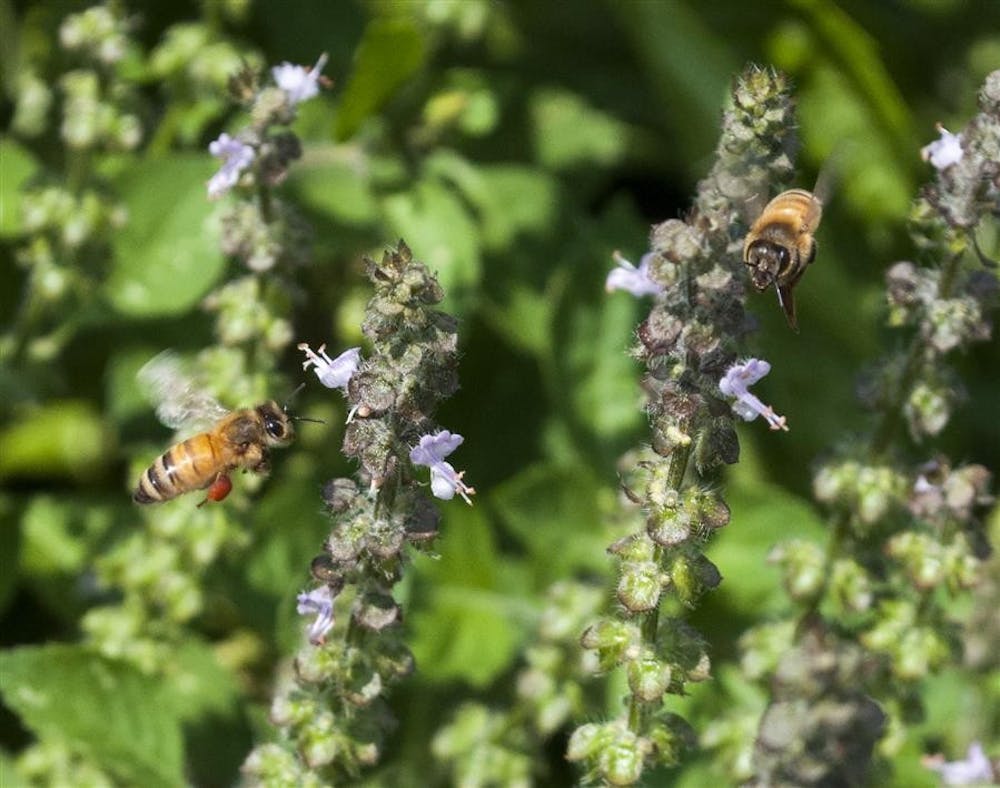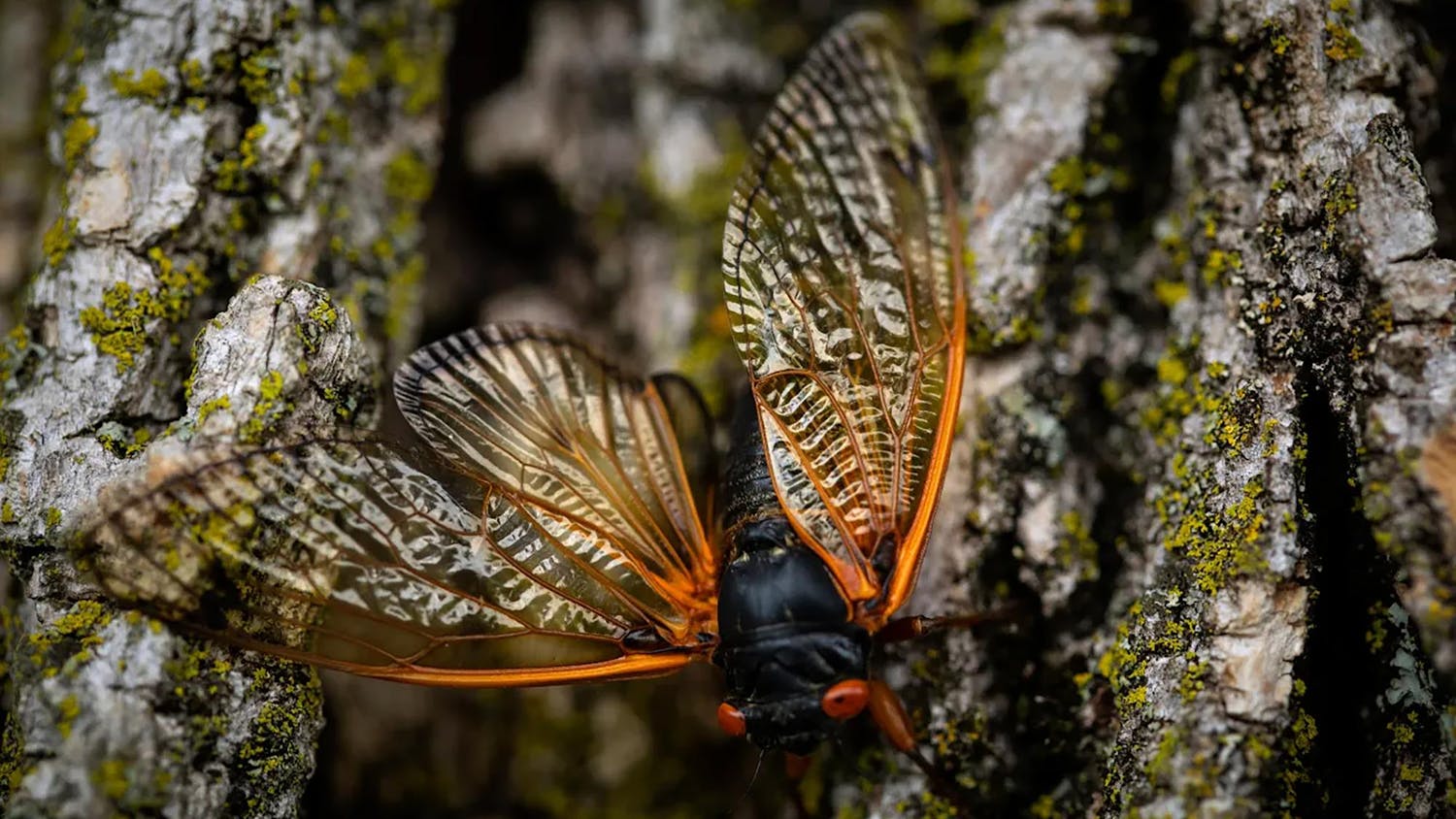Almost half of all bee hives in Indiana vanished last year due to a mysterious disorder, the causes of which have elduded researchers for eight years.
Colony Collapse Disorder, which was first identified in 2006, is characterized by the sudden disappearance of adult honey bees in hives during winter. The cause of CCD is still unknown, but research suggests the disorder has many causes, ranging from invasive mites to pesticides, according to the U.S. Department of Agriculture.
A May 2013 report by the USDA indicated bee deaths increased dramatically from 2012 to 2013, averaging almost half of all hives.
In Indiana, the effect was similarly dramatic, but varied significantly, said Mike Seib, Indiana Beekeeper Association’s director-at-large.
Seib said more than 1,300 IBA-member beekeepers reported average Indiana winter losses between 35 and 45 percent.
“Some beekeepers had no losses, and others lost up to 80 percent,” Seib said.
According to the Agriculture Research Service of the USDA, bee pollination is responsible for more than $15 billion in crop value every year.
“About one mouthful in three in our diet directly or indirectly benefits from honeybee pollination,” according to the USDA website.
Kathleen Prough, chief apiary inspector for the Indiana Department of Natural Resources, inspects hives and gives tips to beekeepers to improve the health of their hives.
Prough said keeping hives healthy preventatively is the best way to avoid CCD.
“To combat Colony Collapse Disorder, beekeepers are monitoring varroa mite levels and taking actions to lower the number of varroa mites in the hive,” Seib said.
Prough said the mites act as a parasite in the hive, feeding on bees and bee larvae. They also spread viruses linked to CCD.
The lack of genetic variation in bee colonies also makes them more susceptible to CCD, Seib said.
“Queens are replaced more often,” Seib said. “I like to requeen my hives every other year.”
One step some beekeepers are taking is closely monitoring bees’ diets. A varied diet can make for healthier bees, but most farmers plant only one crop.
“Monoculture crops don’t help,” Prough said. “The bees need many sources of protein.”
Many crops are treated with neonicotinoids, a class of pesticides that has been linked to CCD. The European Union has already banned these pesticides, but most farmers planting corn in the Midwest still use the chemical, according to the EPA.
“It’s tough being in a corn state,” Prough said. “Researchers need to come up with a pesticide that kills the pests but doesn’t harm the bees.”
Follow Brianna Meyer on Twitter @brimmeyer.
Enigmatic disorder blights Indiana's bees

Get stories like this in your inbox
Subscribe





